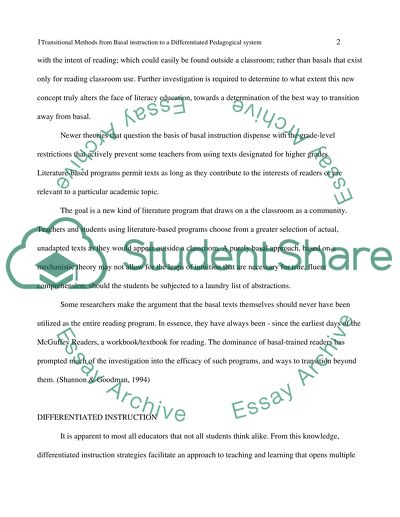Cite this document
(“Translational methods from basal instruction to a differentiated Essay”, n.d.)
Translational methods from basal instruction to a differentiated Essay. Retrieved from https://studentshare.org/education/1431376-translational-methods-from-basal-instruction-to-a-differentiated-pedagogical-system
Translational methods from basal instruction to a differentiated Essay. Retrieved from https://studentshare.org/education/1431376-translational-methods-from-basal-instruction-to-a-differentiated-pedagogical-system
(Translational Methods from Basal Instruction to a Differentiated Essay)
Translational Methods from Basal Instruction to a Differentiated Essay. https://studentshare.org/education/1431376-translational-methods-from-basal-instruction-to-a-differentiated-pedagogical-system.
Translational Methods from Basal Instruction to a Differentiated Essay. https://studentshare.org/education/1431376-translational-methods-from-basal-instruction-to-a-differentiated-pedagogical-system.
“Translational Methods from Basal Instruction to a Differentiated Essay”, n.d. https://studentshare.org/education/1431376-translational-methods-from-basal-instruction-to-a-differentiated-pedagogical-system.


